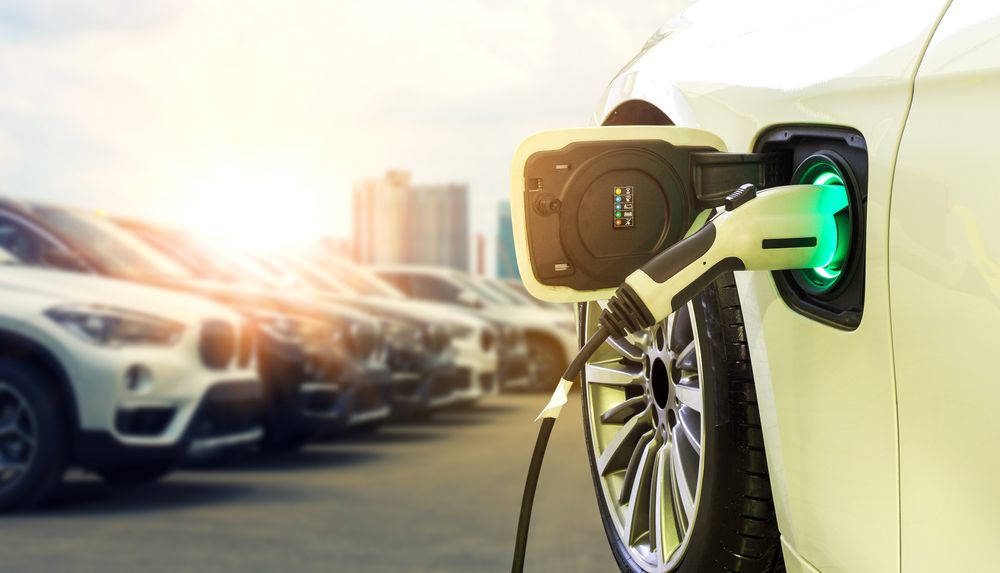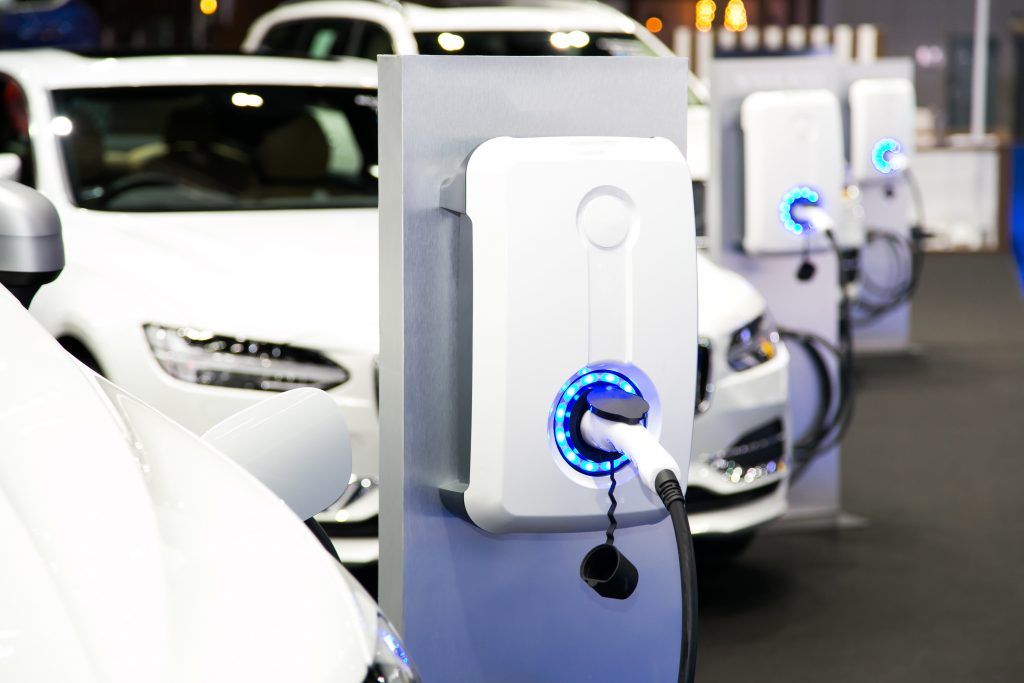Research commissioned by Scottish and Southern Electricity Networks (SSEN) has found that areas of the Isle of Wight will see a dramatic increase in the number of tourists wanting to charge their electric vehicles (EVs) by 2030.
SSEN’s research has found that areas such as Shanklin could see an eightfold increase in EV charging demand by 2030.
SSEN is to explore how demand increases can be accommodated in a cost-effective manner and is exploring alternative solutions to traditional network reinforcement. On Friday 29th October 2021, local drivers owning EVs with a rapid connection (e.g. CCS) on the Isle of Wight are being invited to charge their vehicles from a mobile battery that will be parked at Lakeside Park Hotel (Isle of Wight, PO33 4LJ), from 12-3pm.
Stewart Reid, Head of Future Networks for SSEN, said: “Mobile charging provision is just one solution that we are exploring to ensure our network can meet the needs of the communities we serve. We anticipate at least 4.3 million EVs throughout central southern England by 2050 and we are determined that our network will be ready.
“We have already published plans to invest £4.1bn in our networks and services between 2023 and 2028 which means we will be an enabler and partner for our customers in their journey to net zero.
“We are undertaking this work to ensure both rural and urban communities throughout our distribution areas are equipped for the future. The learnings from the E-tourism project are helping inform how we think about flexibility, network investment, and solutions for this transition.”
Alessandro Zanre, Senior Consultant for Element Energy, said: “Element Energy were pleased to work with SSEN on this study on the impact of tourists driving and charging their EVs. SSEN is taking a proactive approach to understanding the implications of fluctuating populations in parts of the country that see large numbers of tourists and we are pleased our expertise in EVs and network impact modelling could support them.
“The Isle of Wight already sees around two million visitors per year and as their electricity demands change, the network operator must be ready. We are delighted to have played a small part in the Isle of Wight’s transition to net zero and look forward to watching its sustainable tourism develop in future.”
Image: Shutterstock








